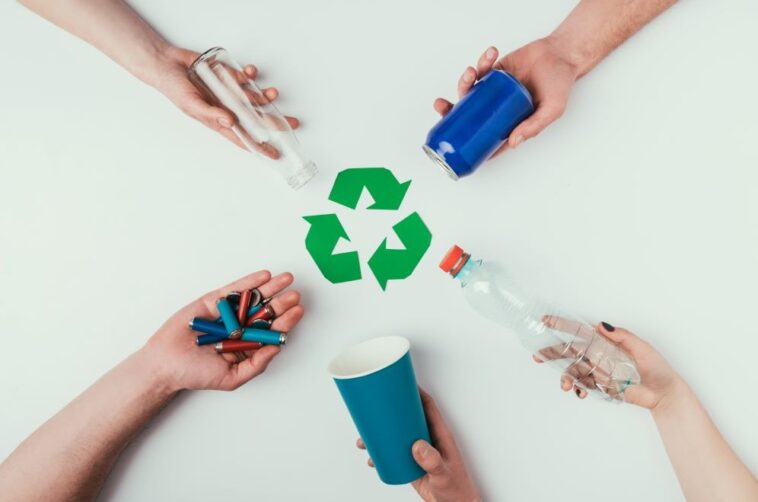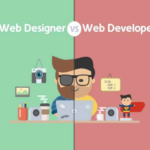Focusing exclusively on single-use plastics and their potential to contribute to pollution easily leads to the belief that recycling is a waste of time. And in fact, in October 2022 a report from Greenpeace USA called post-consumer plastic recycling a “dead end street”. That is unfortunate because recycling is taking place all across America on a daily basis.
No doubt we have a long way to go before recycling delivers on the promises made back in the 1970s and 80s. But a new report from Eunomia Research & Consulting and Ball Corporation demonstrates that recycling can, and does, work. Rather than declaring recycling a myth and giving up in frustration, perhaps it would be better for us to reexamine recycling failures, compare them to successes, and make the changes necessary to deliver on recycling promises.
Billions Recycled Every Year
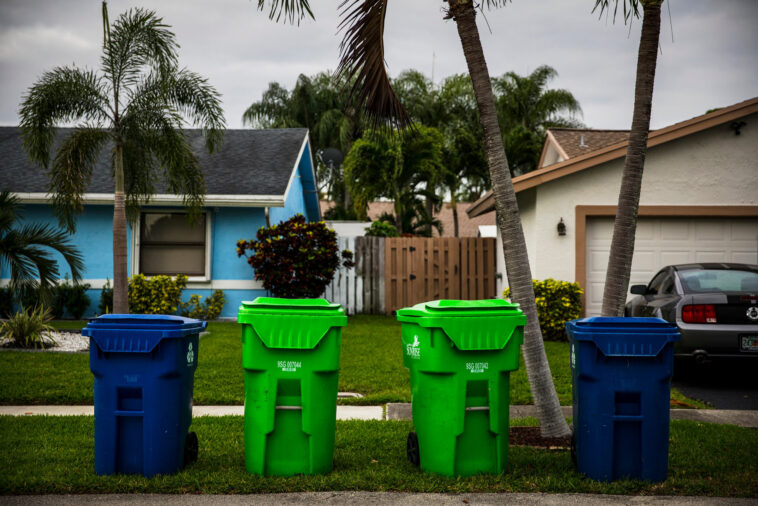
Among the most important statistics from the report is this one: approximately $2.6 billion worth of recycled materials are kept out of landfills and incinerators every year. While that number represents only 32% of the total value we could be recovering, it is still nothing to sneeze at. Keeping $2.6 billion worth of recycled materials in the manufacturing loop is quite an achievement.
The report further suggests that:
- Of the 10 states with the highest recycling rates, 9 have refund programs in place.
- States with refund programs account for 47% of all recycled packaging, 51% of aluminum and glass bottles, and 61% of PET bottles.
- Approximately $6.5 billion worth of material could still be reclaimed annually with better recycling practices.
Plastic is the material that gets most of the attention these days. But even with that, the Plastics Industry Association says that more than 6 billion pounds of it gets recycled every year. So recycling is clearly working. It’s just not working as well as we would like it to.
It’s All in the Process
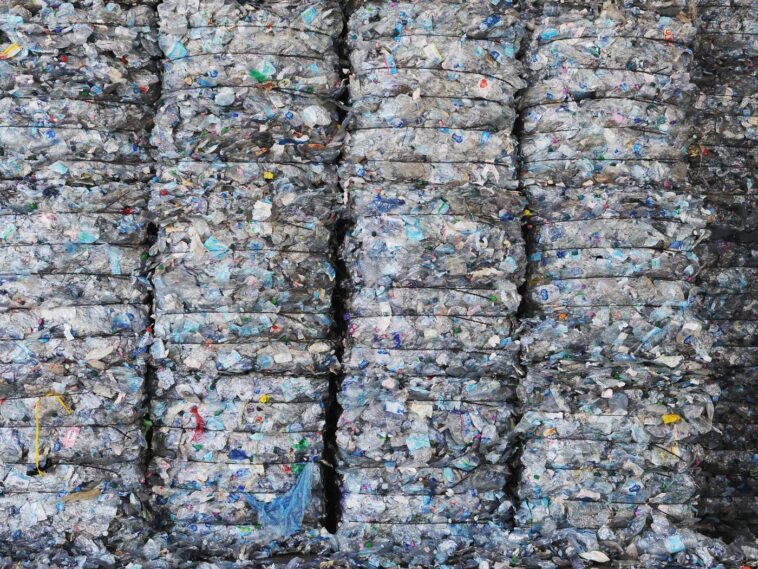
The previously mentioned ’50 States of Recycling’ report says that we could do better by implementing “more effective recycling practices.” What does that mean? It means that changing how we recycle could ultimately help us do a better job at. It’s all about process.
Seraphim Plastics is a Tennessee company whose bread and butter is post-industrial plastic scrap. The company buys industrial plastic waste from companies in seven states. They transport the waste to a processing facility where it is immediately transformed into plastic regrind through a mechanical recycling process. The process is cheap, efficient, and easy to manage.
Meanwhile, municipalities are still practicing single stream post-consumer recycling collecting plastic, paper, and glass from curbside bins. Incidentally, these are materials that were not mixed prior to being tossed in the bins.
Collected materials are taken to a sorting facility where they need to be separated and cleaned. What’s left after sorting and cleaning gets shipped to recyclers. Unfortunately, sorting and cleaning are time consuming, expensive, and labor intense. The sorting process can easily lead to contamination as well. When loads are contaminated, they can’t be recycled. It’s off to the landfill they go.
Get Rid of Single Stream
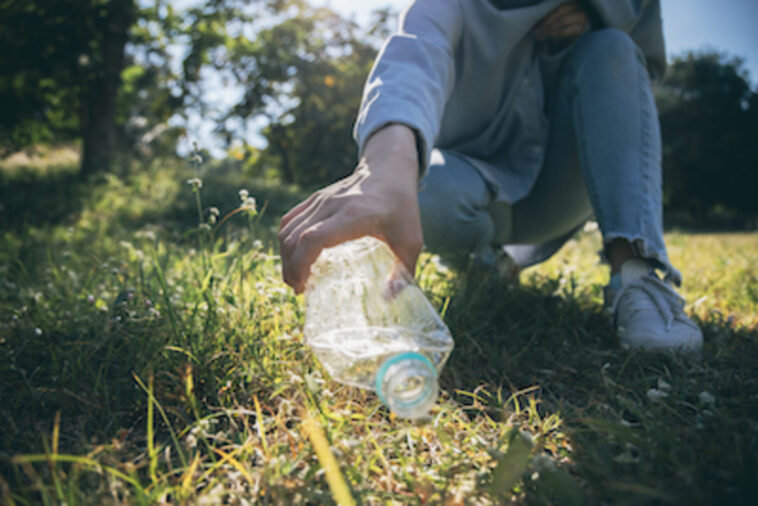
The single most important thing we could do to improve recycling rates is to get rid of the single stream model. We tried it. It failed. Now it’s time to abandon it.
If municipal recycling followed the same model as industrial recycling, our annual recycling rates would jump dramatically. That’s the goal to shoot for. Let’s adopt the industrial model industry-wide and then begin working on ways to make it even better. That’s when recycling will finally deliver on its many promises.



